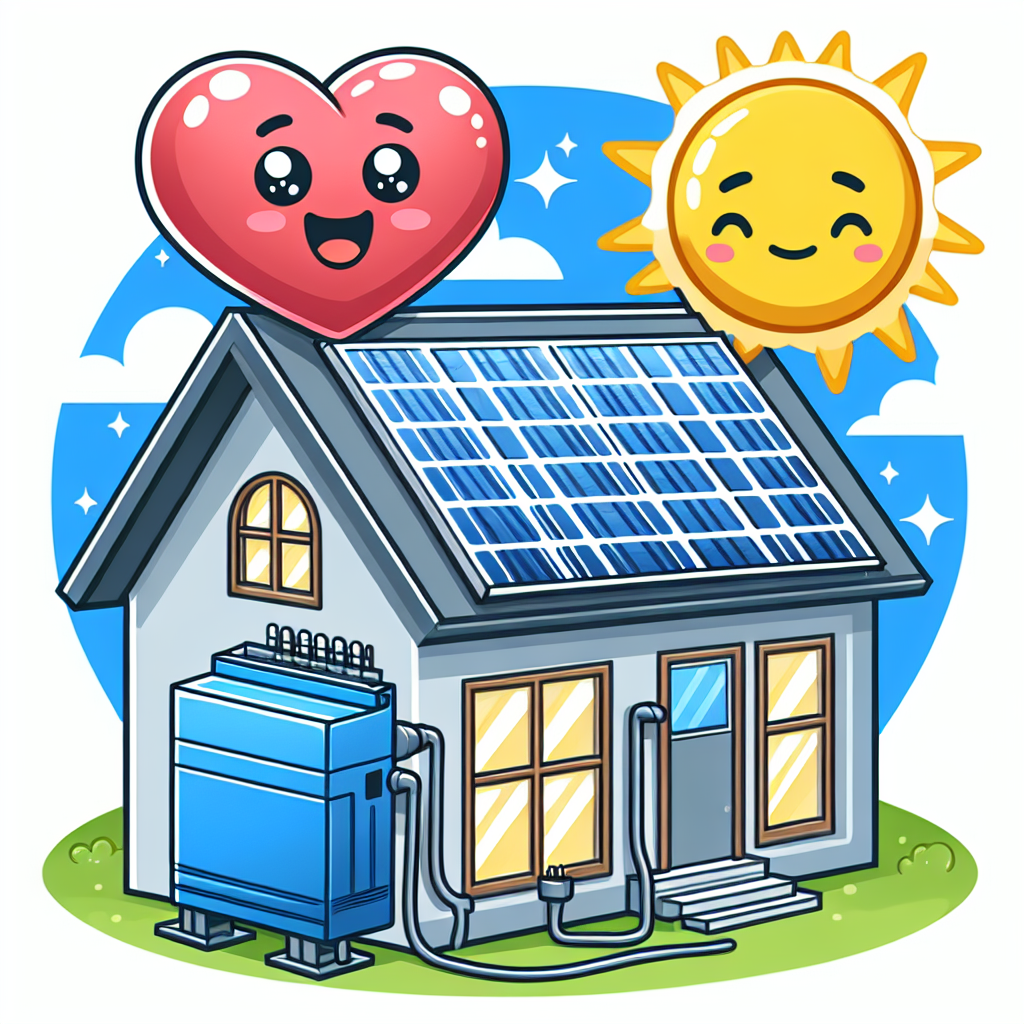In today’s time of eco-friendly energy options, solar panels are seen as a ray of hope for a cleaner future. But hidden within every effective solar power setup is a key part: the solar panel inverter. Though often ignored, inverters are essential in turning sunlight into electricity that can be used in homes and offices. Here are ten important things to know about solar panel inverters that show how important they are in the world of solar power.
- What is a Solar Panel Inverter? At its core, a solar panel inverter is a device that converts the direct current (DC) electricity generated by solar panels into alternating current (AC) electricity that can be used to power household appliances and devices. Essentially, it serves as the bridge between solar panels and the electrical grid, ensuring a seamless flow of energy.
- Types of Solar Panel Inverters There are primarily three types of solar panel inverters: string inverters, microinverters, and power optimizers. String inverters are the most common and cost-effective option, converting DC electricity from multiple solar panels connected in series. Microinverters, on the other hand, are installed on each individual solar panel, offering greater efficiency and performance monitoring. Power optimizers work in tandem with string inverters, maximizing the energy harvest from each panel while minimizing the impact of shading or panel mismatch.
- Efficiency Matters The efficiency of a solar panel inverter is crucial for maximizing the overall performance of a solar power system. Higher efficiency inverters ensure that less energy is lost during the conversion process, ultimately resulting in greater energy yields and cost savings over time. When selecting an inverter, it’s essential to consider both its peak efficiency and its efficiency under real-world operating conditions.
- Monitoring and Maintenance Modern solar panel inverters often come equipped with advanced monitoring capabilities that allow homeowners and installers to track the performance of their solar power systems in real-time. These monitoring systems provide valuable insights into energy production, allowing for early detection of issues and proactive maintenance to ensure optimal performance.
- Grid-Tied vs. Off-Grid Systems Solar panel inverters are an integral component of both grid-tied and off-grid solar power systems. Grid-tied systems are connected to the electrical grid, allowing excess energy to be exported back to the grid for credits or compensation. In contrast, off-grid systems operate independently of the grid, relying on batteries and backup generators to store and supply power when solar production is low.
- Backup Power Solutions Some solar panel inverters are equipped with backup power capabilities, allowing homeowners to maintain electricity supply during grid outages. These hybrid inverters can seamlessly switch between grid-tied and off-grid modes, ensuring uninterrupted power supply even in adverse conditions.
- Sizing and Compatibility Proper sizing and compatibility are essential considerations when selecting a solar panel inverter. The inverter’s capacity should match the total wattage of the solar panels to ensure optimal performance. Additionally, compatibility with other system components, such as batteries and monitoring devices, is crucial for seamless integration and functionality.
- Durability and Reliability Solar panel inverters are exposed to various environmental factors, including heat, humidity, and temperature fluctuations. Therefore, choosing a durable and reliable inverter is paramount to ensure long-term performance and longevity. Look for inverters with robust construction, weatherproof enclosures, and comprehensive warranty coverage for added peace of mind.
- Inverter Lifespan The lifespan of a solar panel inverter typically ranges from 10 to 20 years, depending on factors such as quality, usage, and maintenance. Regular inspection and maintenance can help extend the lifespan of the inverter and prevent premature failure. Additionally, staying informed about technological advancements can prompt timely upgrades to newer, more efficient models.
- Cost Considerations While solar panel inverters represent a significant investment in a solar power system, they are essential for maximizing energy harvest and system performance. When evaluating costs, consider not only the upfront price of the inverter but also factors such as efficiency, reliability, and long-term savings on electricity bills. In many cases, investing in a high-quality inverter pays off in the form of improved energy yields and reduced maintenance costs over the system’s lifespan.
